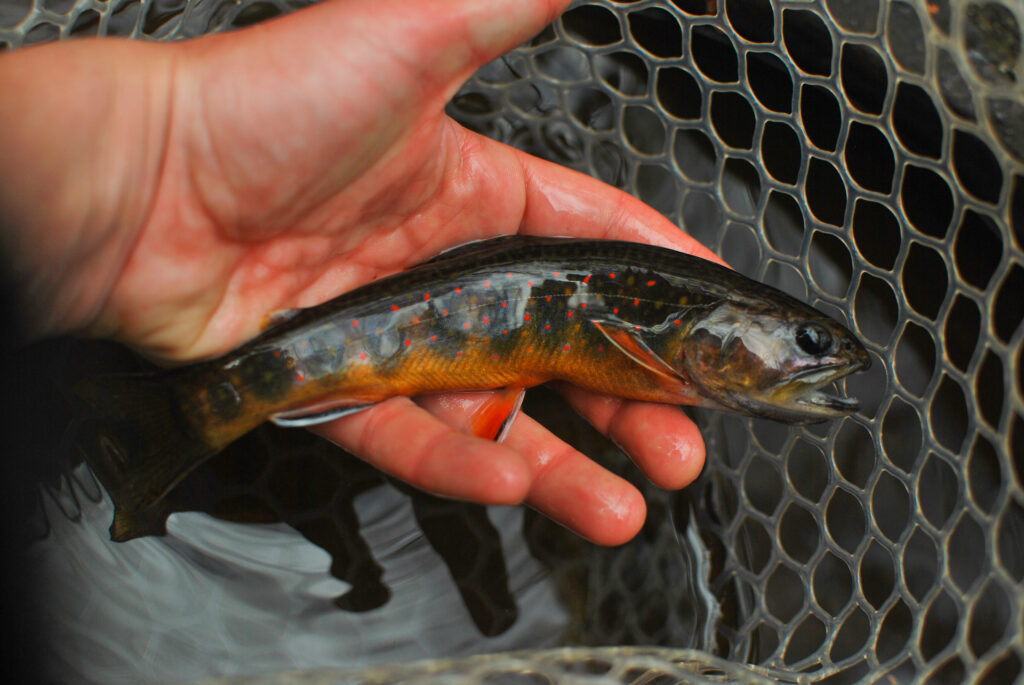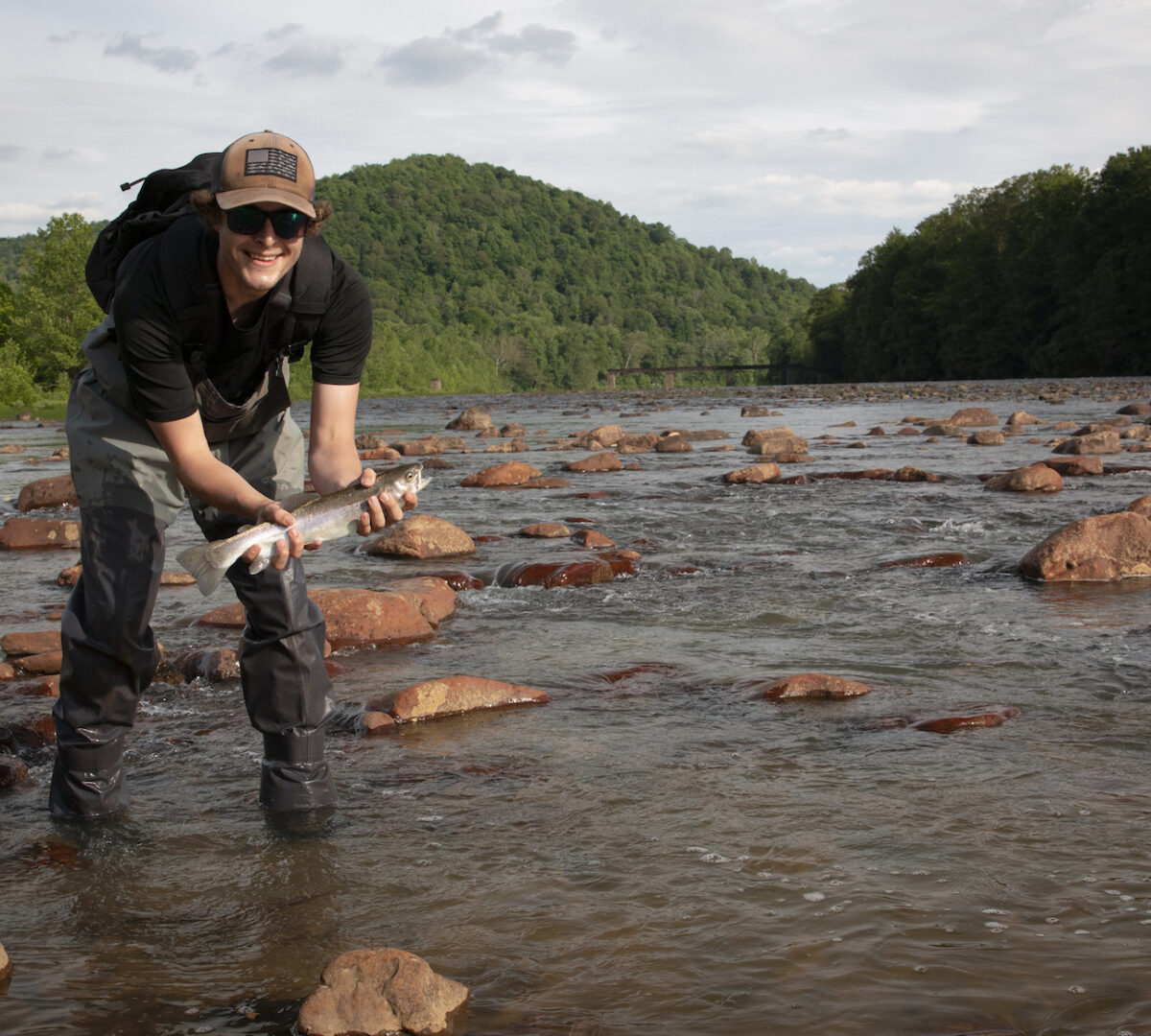The Cheat River watershed drains approximately 1,422 square miles in northeastern West Virginia, southwestern Pennsylvania and western Maryland. The watershed spans five West Virginian counties including Monongalia, Preston, Pocahontas, Randolph, and Tucker, while only a small portion of the watershed reaches Fayette and Garrett counties in Pennsylvania and Maryland respectively.
The headwaters of the Cheat originate deep within the wilderness setting of the Monongahela National Forest. The five forks of the Cheat (Blackwater River, Shavers, Dry Fork, Glady Fork, and Laurel Fork) are all well-known coldwater fisheries that support healthy fish populations. These major headwater tributaries join to form the Cheat River near Parsons, West Virginia. The Cheat River flows north approximately 162 miles past the towns of St. George, Rowlesburg, Albright, and Cheat Lake before discharging into the Monongehela River at Point Marion in Pennsylvania.
The Cheat River watershed offers a broad range of social, economic and recreational opportunities for its estimated 40,000 residents. While some residents in the watershed boast of multiple generations born and raised on the same homestead, others have settled here because of the incredible natural beauty and abundant recreational opportunities
The watershed is home to several endangered and protected species including the Cheat Mountain salamander, three-toothed flat spired land snail, Indiana bat, and the West Virginian northern flying squirrel.
Fishermen and hunters are attracted by the native trout, wild turkey, black bear, and white tail deer that abound in much of the watershed. The Cheat River above Pringle Run is an active fishery, boasting a lively small mouth bass population, in addition to catfish and rainbow trout stocked by a local non-profit.
The watershed offers a number of recreational opportunities, and is especially known as a haven for whitewater enthusiasts.
The Canyon section of the Cheat River is a whitewater destination for thousands of rafters each year, while the Blackwater River, Otter Creek, Big Sandy Creek, and a number of other tributaries attract expert whitewater kayakers. Calmer sections of the river offer scenic flat water float trips along the Cheat River Water Trail. The summer months attract hikers to the watershed’s numerous waterfalls and swimming holes while winter months bring skiers to alpine and Nordic ski areas.

Several Cheat River tributaries maintain native brook trout populations (Wolf Creek, Fill Hollow Creek, Watkins Run, Daugherty Run), and others are stocked by both private entities and the West Virginia Department of Natural Resources (Upper Muddy Creek, Big Sandy Creek, Little Sandy Creek, Beaver Creek). The Shavers Fork near Elkins is one of the most heavily fished streams in the state of West Virginia.
The towns of Parsons, Rowlesburg, Kingwood, and Albright draw their drinking water from the Cheat River.
Don’t turn that map – the Cheat runs NORTH!
The cheat’s history of Pollution
The health of the Cheat River watershed is threatened primarily by Acid Mine Drainage (AMD). AMD occurs when water, oxygen, and bacteria come into contact with pyrite, a mineral that is often associated with the Upper Freeport coal seam. Water draining from these mines is acidic and often contains high concentrations of metals such as iron, aluminum, and manganese. Aquatic life including insects and fish are often unable to survive in streams receiving AMD from mined lands. As a result, many miles of streams within the Cheat River watershed are void of stream life due to the legacy of over a century of coal mining.

Many of the AMD discharges in the Cheat River watershed are from abandoned mine lands, or defunct mining operations executed before the passage of the Surface Mining and Reclamation Control Act in 1977. Over 7,500 miles of streams in Appalachia are polluted by AMD from abandoned mine lands. The Cheat is one of many watersheds whose water quality is slowly improving due to combined efforts of state and federal agencies, academia, private businesses, and non-profit groups like Friends of the Cheat.


